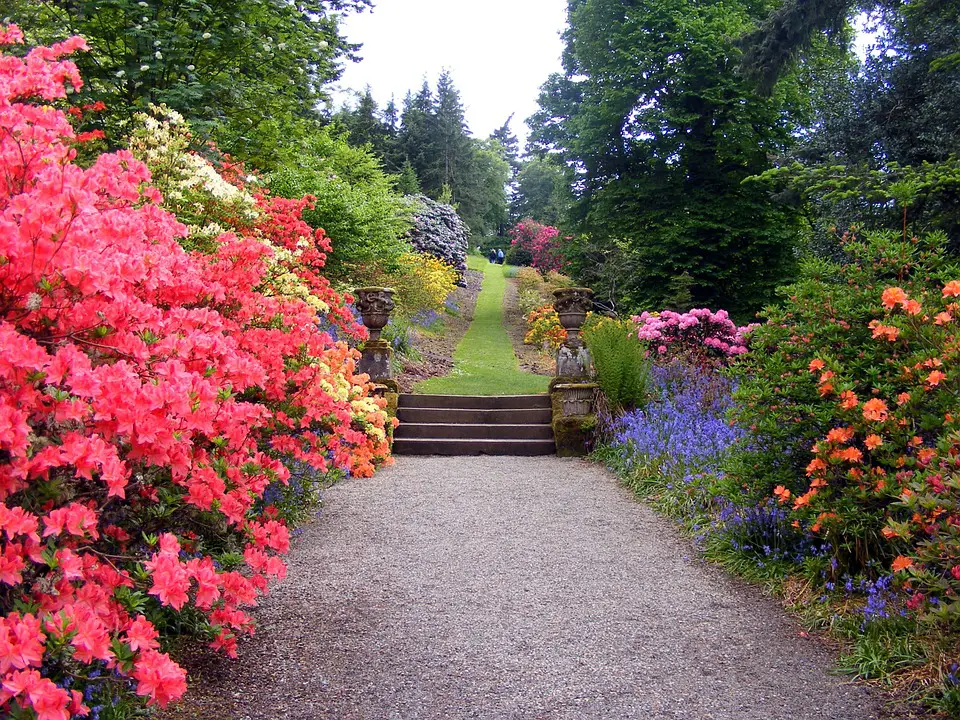Sustainable landscaping is a growing trend in modern gardening practices as people become more aware of the environmental impacts of traditional landscaping methods. Eco-friendly garden design focuses on creating outdoor spaces that are not only beautiful but also sustainable and beneficial for the environment. In this article, we will explore the principles of sustainable landscaping and how you can implement them in your own garden to contribute to a greener future.
What is Sustainable Landscaping?
Sustainable landscaping is a holistic approach to designing outdoor spaces that minimize negative environmental impacts while maximizing benefits for the local ecosystem. This includes using native plants, conserving water, reducing waste, and creating habitats for wildlife.
Benefits of Sustainable Landscaping
There are several benefits to sustainable landscaping, including:
| Benefit | Description |
|---|---|
| Conserves Water | By using drought-tolerant plants and implementing water-saving techniques, sustainable landscaping reduces water usage. |
| Reduces Energy Usage | Well-placed trees and shrubs can provide shade in the summer and insulation in the winter, reducing the need for heating and cooling. |
| Supports Wildlife | Native plants attract pollinators and other beneficial insects, creating a biodiverse ecosystem in your garden. |
How to Implement Sustainable Landscaping
To implement sustainable landscaping in your garden, consider the following practices:
- Plant native species
- Conserve water through rainwater harvesting and drip irrigation
- Compost organic waste
- Use permeable paving materials
- Reduce chemical pesticide and fertilizer use
Conclusion
Sustainable landscaping is not only beneficial for the environment but also for your garden and your health. By implementing eco-friendly garden design practices, you can create a beautiful outdoor space that supports local wildlife, conserves resources, and contributes to a greener future.
Frequently Asked Questions
1. What are some examples of sustainable landscaping practices?
Examples of sustainable landscaping practices include planting native species, conserving water, composting organic waste, and reducing chemical pesticide use.
2. How can I attract wildlife to my sustainable garden?
You can attract wildlife to your sustainable garden by planting native plants that provide food and shelter for local species.
3. Is sustainable landscaping more expensive than traditional landscaping?
While there may be some upfront costs associated with sustainable landscaping, in the long run, it can actually save you money on water and energy bills.
4. Can I still have a beautiful garden with sustainable landscaping?
Absolutely! Sustainable landscaping can be just as beautiful as traditional landscaping, if not more so, with the added benefit of supporting the environment.
5. How can I reduce water usage in my garden?
You can reduce water usage in your garden by planting drought-tolerant plants, using rainwater harvesting systems, and implementing drip irrigation.
6. Is sustainable landscaping only for large gardens?
No, sustainable landscaping practices can be applied to gardens of all sizes, from small urban plots to large rural properties.
7. How can I make my garden more eco-friendly?
You can make your garden more eco-friendly by using organic fertilizers, conserving water, reducing waste, and planting native species.
8. What are the benefits of using native plants in sustainable landscaping?
Native plants are well-adapted to the local climate and soil conditions, require less water and maintenance, and provide habitat and food for local wildlife.
9. How can I incorporate sustainable principles into my existing garden?
You can incorporate sustainable principles into your existing garden by gradually replacing non-native plants with native species, using mulch to conserve moisture, and reducing chemical inputs.
10. Where can I learn more about sustainable landscaping practices?
You can learn more about sustainable landscaping practices from local garden centers, environmental organizations, and online resources dedicated to eco-friendly gardening.
